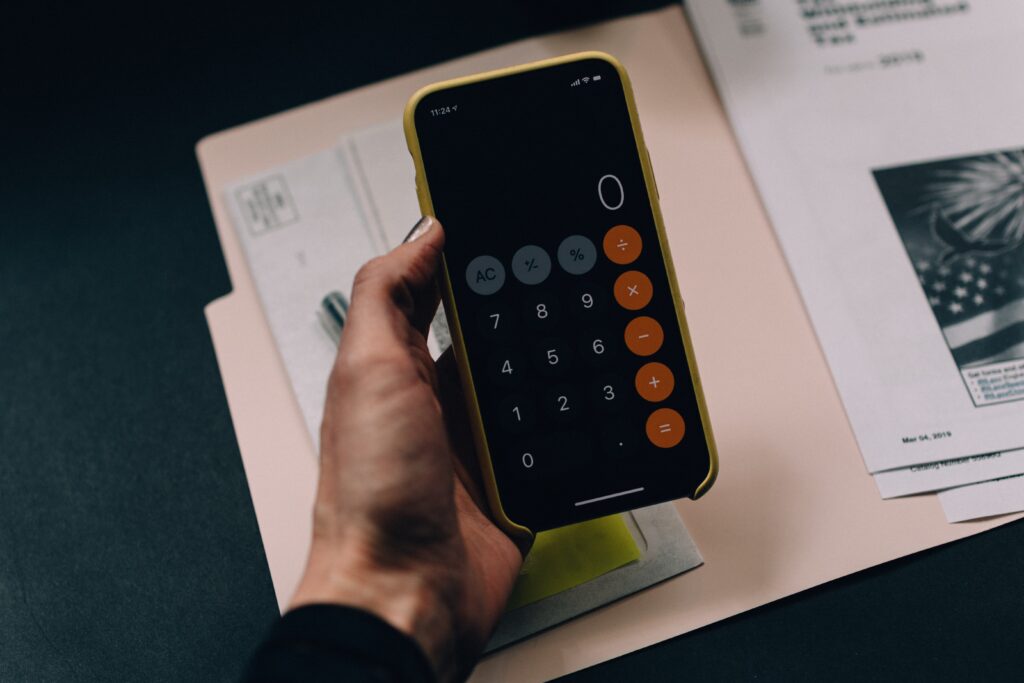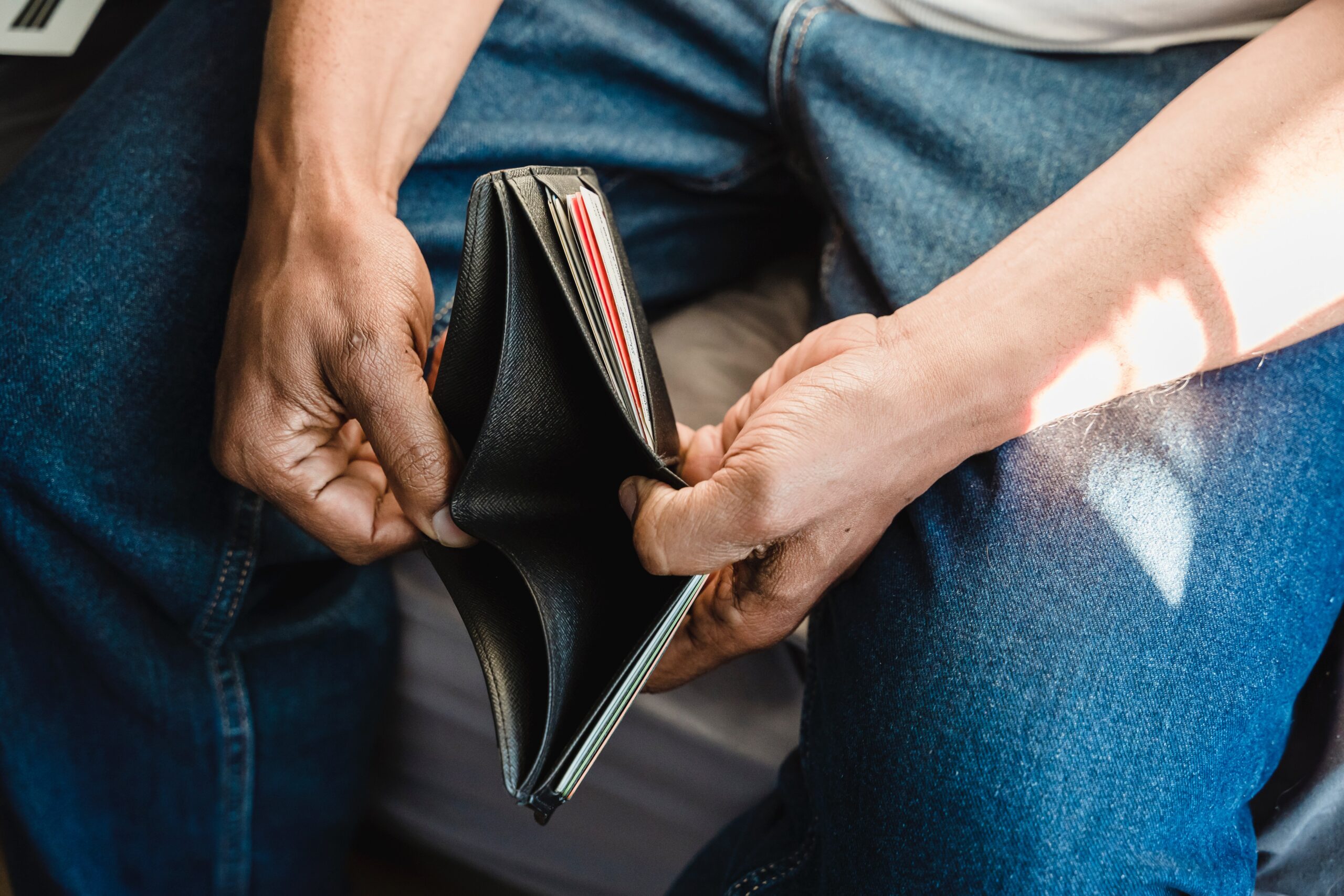Before we delve into the best methods for paying off debt fast, it’s important to understand why it’s essential to pay off debt quickly. The longer you carry debt, the more money you will pay in interest charges, which can make it harder to become debt-free. By paying off your debt as quickly as possible, you can save money on interest charges, improve your credit score, and reduce your overall financial stress.

Evaluate Your Debt
The first step to paying off debt fast is to evaluate your debt. Make a list of all your debts, including the total amount owed, the interest rate, and the minimum monthly payment. This information will help you prioritize which debts to pay off first.
- Make a list of all your debts, including the total amount owed, the interest rate, and the minimum monthly payment.
- Use a debt repayment calculator to determine how long it will take to pay off your debts based on your current payments.
Set SMART Goals
Once you have evaluated your debt, it’s time to set SMART goals. SMART stands for specific, measurable, achievable, relevant, and time-bound. Your goals should be specific, such as paying off $10,000 in credit card debt. They should also be measurable, achievable, relevant to your financial situation, and time-bound, such as paying off the debt within 12 months.
- Set SMART goals to help you stay motivated and focused on paying off your debt.
- SMART goals should be specific, measurable, achievable, relevant, and time-bound.
Create a Budget
Creating a budget is critical to paying off debt fast. Your budget should include all your income and expenses, including debt payments. Once you have a budget in place, you can identify areas where you can cut back on expenses and allocate more money towards debt repayment.
- Create a budget to track your expenses and identify areas where you can cut costs.
- Allocate more money towards debt repayment in your budget.
- Consider using the 50/30/20 rule
- Try a budget app like Rocket Money or Mint

Prioritize Debt Repayment
To pay off debt fast, you need to prioritize debt repayment. There are two popular methods for prioritizing debt repayment: the debt snowball method and the debt avalanche method.
- Prioritize debt repayment using either the debt snowball method or the debt avalanche method.
- The debt snowball method prioritizes paying off the smallest debt first, while the debt avalanche method prioritizes the debt with the highest interest rate first.
Debt Consolidation
Debt consolidation is a popular method for paying off debt fast. This method involves combining multiple debts into one loan with a lower interest rate, making it easier to manage and pay off debt.
- Use debt consolidation to combine multiple debts into a single loan with a lower interest rate.
- Be sure to understand the terms and fees associated with debt consolidation before pursuing this option.
Debt Snowball Method
The debt snowball method involves paying off your debts in order of the smallest balance first. Once you have paid off the smallest debt, you can move on to the next smallest debt, and so on. This method can provide a sense of accomplishment and motivation as you pay off your debts one by one.
Let’s say you have three credit card balances:
- Card A: $1,000 with a minimum payment of $50
- Card B: $5,000 with a minimum payment of $150
- Card C: $10,000 with a minimum payment of $250
Using the debt snowball method, you would focus on paying off the smallest debt first (Card A) while making minimum payments on the other two cards. Once Card A is paid off, you would then move on to the next smallest debt (Card B) and use the money you were paying towards Card A to add to the minimum payment for Card B.
So, with the debt snowball method, you would make the minimum payment on Card A and then pay as much extra as you can afford towards it each month until it is paid off. Once Card A is paid off, you would take the minimum payment for Card A (in this case, $50) plus the extra amount you were paying towards it (let’s say $100), for a total of $150, and add that to the minimum payment for Card B, for a total payment of $300.
You would then repeat this process until all of your debts are paid off. The debt snowball method is effective because it helps to build momentum and motivation by giving you small wins early on in the process. It also allows you to focus on one debt at a time, which can help you stay organized and motivated.
Debt Avalanche Method
The debt avalanche method involves paying off your debts in order of the highest interest rate first. This method can save you the most money in interest charges over time, but it may take longer to pay off your debts.
Let’s say you have three debts:
- Loan A: $5,000 with an interest rate of 10%
- Credit Card B: $10,000 with an interest rate of 20%
- Car Loan C: $20,000 with an interest rate of 5%
Using the debt avalanche method, you would focus on paying off the debt with the highest interest rate first (Credit Card B), while making minimum payments on the other two debts. Once Credit Card B is paid off, you would then move on to the debt with the next highest interest rate (Loan A) and use the money you were paying towards Credit Card B to add to the minimum payment for Loan A.
So, with the debt avalanche method, you would make the minimum payment on Loan A and Car Loan C and then pay as much extra as you can afford towards Credit Card B each month until it is paid off. Once Credit Card B is paid off, you would take the minimum payment for Credit Card B (let’s say $300) plus the extra amount you were paying towards it (let’s say $500), for a total of $800, and add that to the minimum payment for Loan A, for a total payment of $1,000.
You would then repeat this process until all of your debts are paid off. The debt avalanche method is effective because it helps you save money on interest payments over the long run. By focusing on the debt with the highest interest rate first, you are reducing the amount of interest you pay overall, which can save you thousands of dollars in the long run.
Increase Your Income
Increasing your income is another way to pay off debt fast. You can do this by asking for a raise, taking on a part-time job, or starting a side hustle.

Cut Expenses
Cutting expenses is another way to pay off debt fast. You can do this by reducing your discretionary spending, negotiating bills, and finding ways to save money on essentials like groceries and utilities.
- Increase your income or cut expenses to free up more money for debt repayment.
- Consider taking on a part-time job, starting a side hustle, or cutting unnecessary expenses.
Seek Professional Help
If you are struggling to pay off debt, it may be time to seek professional help. A financial advisor or credit counselor can help you create a debt repayment plan, negotiate with creditors, and provide advice on managing your finances.
Pay off that debt!
Paying off debt can be challenging, but with the right methods, it is possible to become debt-free quickly. By evaluating your debt, setting SMART goals, creating a budget, prioritizing debt repayment, using debt consolidation, and increasing your income or cutting expenses, you can pay off your debt faster and improve your financial situation. Remember, paying off debt requires discipline and commitment, but the benefits of becoming debt-free are well worth the effort.

FAQs
Is it better to pay off the smallest or largest debt first?
It depends on your financial situation and personal preference. The debt snowball method prioritizes paying off the smallest debt first, while the debt avalanche method prioritizes the debt with the highest interest rate first.
How can I increase my income to pay off debt?
You can increase your income by asking for a raise, taking on a part-time job, or starting a side hustle.
Can debt consolidation hurt my credit score?
It depends on how you use debt consolidation. If you use it to pay off your debts and then close those accounts, it can hurt your credit score. However, if you keep the accounts open and continue to make payments on time, it can actually improve your credit score.
Should I pay off my debt or save for an emergency fund first?
It’s recommended to have an emergency fund before paying off debt to avoid getting further into debt if an unexpected expense arises.
How long does it take to pay off debt using the debt snowball method?
The length of time it takes to pay off debt using the debt snowball method depends on the total amount of debt, the interest rates, and the amount of money you can allocate towards debt repayment each month. It can take anywhere from a few months to several years.








